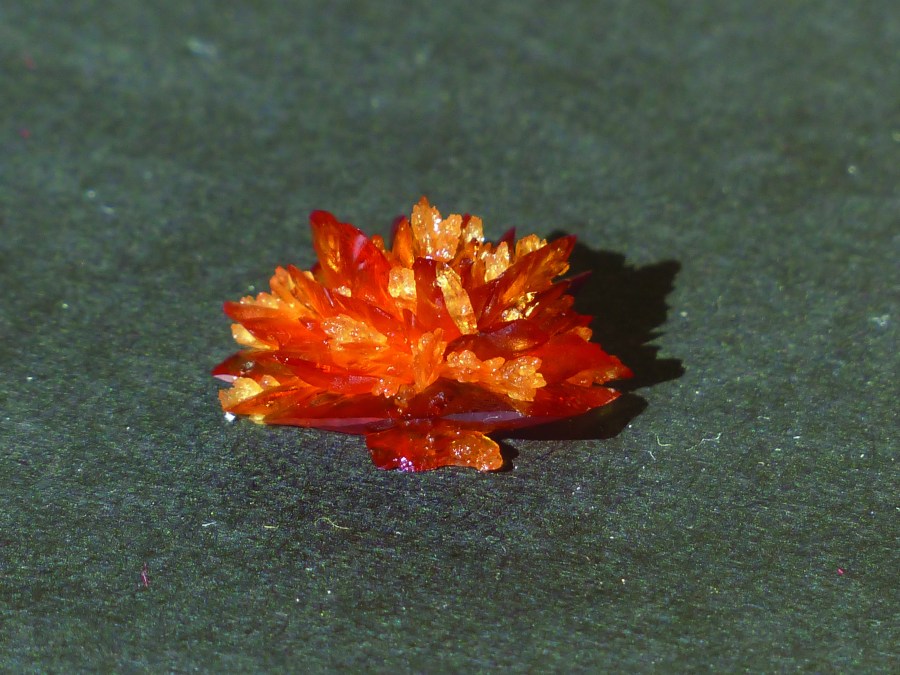In this first edition of Vineyard, I’d like to introduce myself as the first MSc graduate of Plumpton College’s course in Viticulture and Oenology. In my current role as business development manager at Erben Ltd, my aim is to provide up to date, practical winemaking advice and raise awareness of the options available winemakers.
Clarifying and stabilising wine before bottling, and keeping the desired aromas and character of your wine is a critical step at this time of year. Clarification aims to eliminate haze-causing particles, which can be proteins, vegetal debris, bacteria and yeasts, mostly visible to the naked eye. While filtration serves to clarify, it does not fully stabilise the wine. Colloid additions can improve the stability equilibrium but do not clarify, whereas the addition of fining agents both clarifies and stabilises the wine. The main risk factors to winemakers are protein, tartaric and microbial stability.
Protein stabilisation
Proteins are naturally present in wines, derived from both the grape and the yeast during fermentation (as with other alcoholic drinks). They often cause the most common haze issues, though they do provide some benefits to foam stability in sparkling wine. From a consumer perspective it is critical to remove them to achieve a clarified wine. Heat and temperature change proteins, as does the presence of other compounds and tannins, causing them to flocculate and throw a haze. It is important to test your wines before bottling. Fining agents, in particular bentonite, are the best method to stabilise all proteins in a wine. There is a risk of over fining so bench trials are critical to determine the correct dosage. The protein stability check is outlined here;
Reference: Protein stability test
Heat test Protocol:
1. Measure the wine turbidity: if 2 NTU, filter the wine
(cellulose ester membrane, 0.65 um) turb1
2. Heat the wine for 30 minutes at 80°C.
3. Let it cool for 45 minutes at room temperature.
4. Measure the wine turbidity again ==> turb2
The wine is unstable if Delta NTU (turb2 – turb1) > 2
In case of a shorter cooling time (eg putting the tube under cool running water): Risk of under-estimation of the bentonite dose (minor haze).
In case of a longer cooling time, more than 45 minutes: Risk of over-estimation of the bentonite dose (formation of a haze not due to the thermo-instable protein fractions).
Tartaric acid is naturally present in wine, derived from the grape, and over time can form crystals in the wine. It is important to either inhibit the crystals from forming, through additions such as Celstab (CMC), or remove/reduce the precursors, typically through the addition of Cream of Tartar (Potassium Bitartrate).
Reference test: Crystallisation test
Filter 250 mL of wine on a 0.65gm membrane.
Place the wine at -4°C for six days.
Visual reading after six days:
White wine:
• Absence of crystals (stable wine)
• Presence of crystals: perform chemical identification tests
Red wine:
• Filter the wine and look for the presence of crystals and/or colouring matter.
The crystallisation test models the natural phenomenon of tartaric precipitations in bottle (takes into account the matrix and the presence of protective colloids). Instability factors: temperature, filtration.
Microbial stabilisation
There is no test for microbial stabilisation prior to bottling, but a post-bottling test is crucial to assess the quality of your bottling process. Micro-organisms present post-bottling can cause serious haze and volatile issues, as well as re-fermentation. Supermarkets reject wines with a >1 CFU/ 10ml count. Fining agents and enzyme additions, such as Lysozyme or Sorbate, can target microbes as well as SO2 additions. Filtration, cross flow filtration and flash pasteurization are important tools in protecting microbial stability.
Remember, as Australian wine expert Bryce Rankine said, “Deposits in wine are harmless, but the customer’s reaction might not be!”




